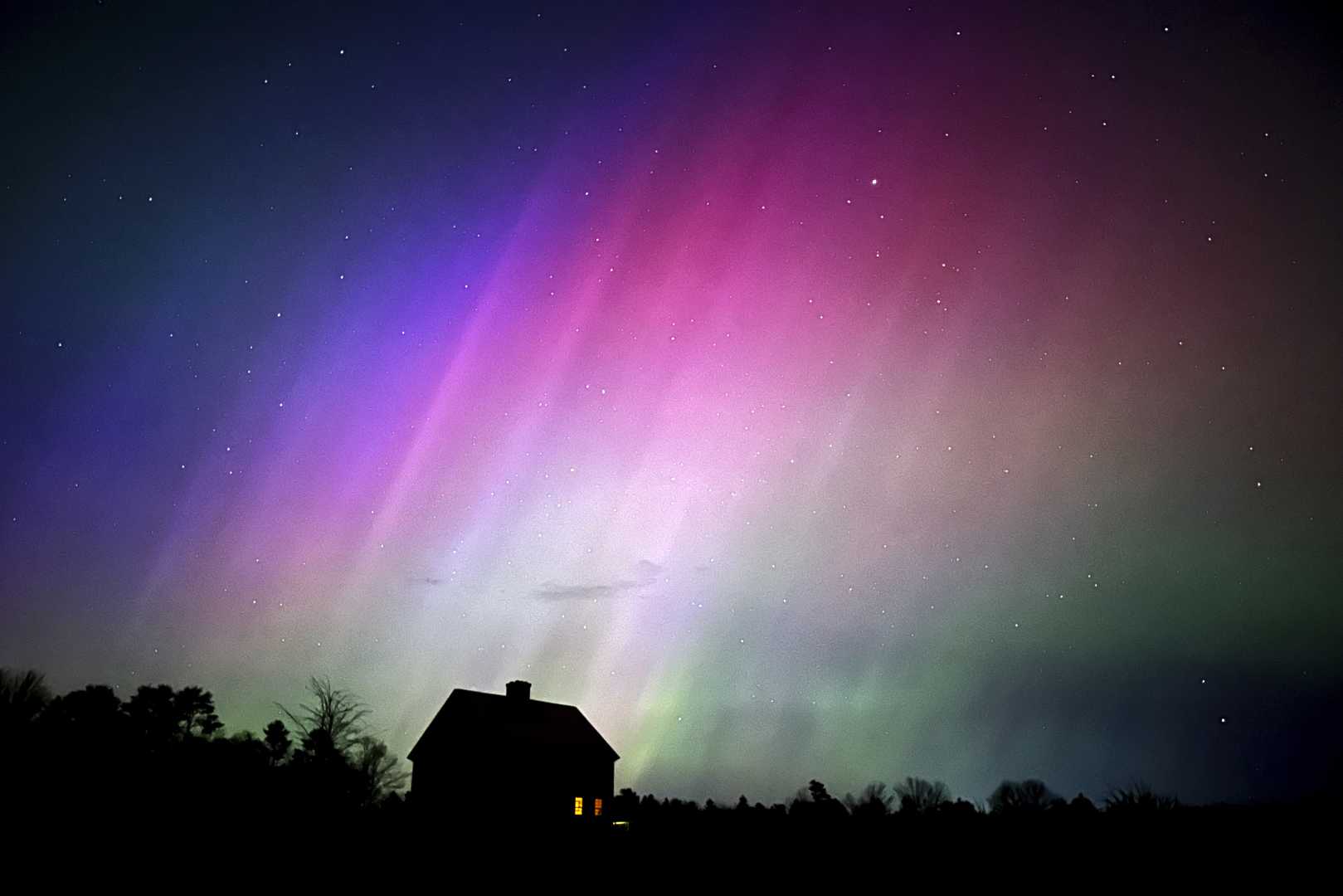News
Northern Lights Viewing Opportunities Across North America

Residents of Metro Vancouver are presented with several opportunities to witness the spectacular aurora borealis, starting on Thursday, October 3, 2024, as per the latest reports from meteorological agencies. The National Oceanic and Atmospheric Administration (NOAA) has issued geomagnetic storm watches ranging from minor (G1) to strong (G3) due to the imminent arrival of a coronal mass ejection (CME) from the sun, which was initially observed on Wednesday.
According to NOAA’s Space Weather Prediction Center, there is a 35 percent chance of geomagnetic storms across all three days, covering Thursday through Saturday. The University of Alaska Fairbanks (UAF) has also provided forecasts indicating the probability of active auroral displays from Yellowknife and Juneau to Edmonton, Thunder Bay, Seattle, Chicago, Boston, and Halifax.
Despite promising activity, forecasts indicate that Vancouver’s aurora visibility may remain on the horizon rather than overhead. Nonetheless, Vancouver residents have two additional opportunities for aurora viewing post-Friday. Should skies permit, heightened auroral activity is anticipated on Saturday, still potentially visible low on the horizon.
The forecast for Sunday suggests less intense aurora activity, though the signature green glow may still appear low, extending no further south than the Lower Mainland of British Columbia.
Local weather forecasters predict a mix of sun and clouds with temperatures ranging from a high of 16°C to a low of 9°C on Thursday, transitioning to rain on Friday. Thus, ensuring clear skies is key for optimal aurora viewing conditions.
It is noteworthy that recent solar activities have led to increased sightings of the Northern Lights across North America. A recent solar flare, slightly less intense than a previous occurrence in May, has raised expectations for vivid auroras in several northern U.S. and Canadian regions.
Weather and scientific agencies warn that the sun’s current solar cycle, Solar Cycle 25, which commenced in December 2019, is nearing its peak. This cycle’s heightened solar activity involves sunspots, regions that significantly contribute to geomagnetic storms responsible for the breathtaking aurora displays. NOAA advises aurora enthusiasts to avoid light pollution and seek elevated vantage points for an impressive view.












